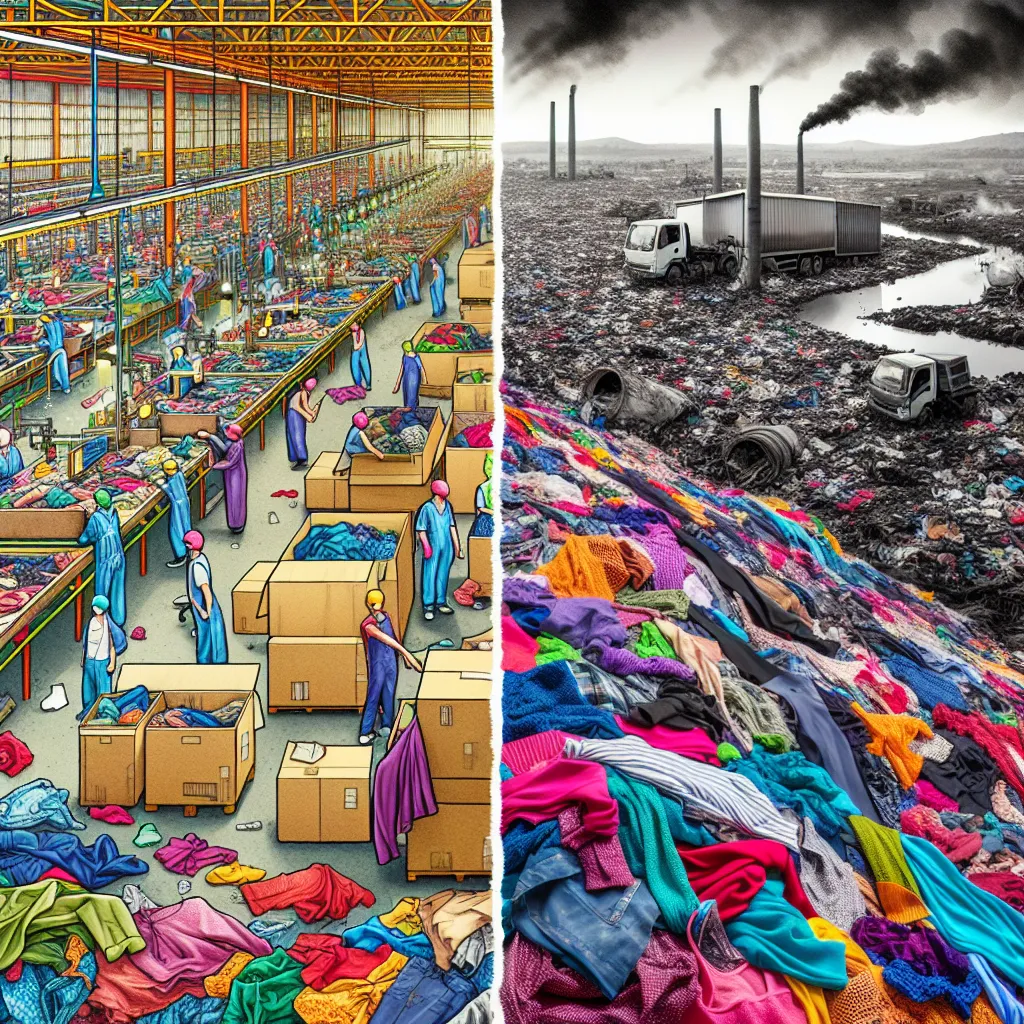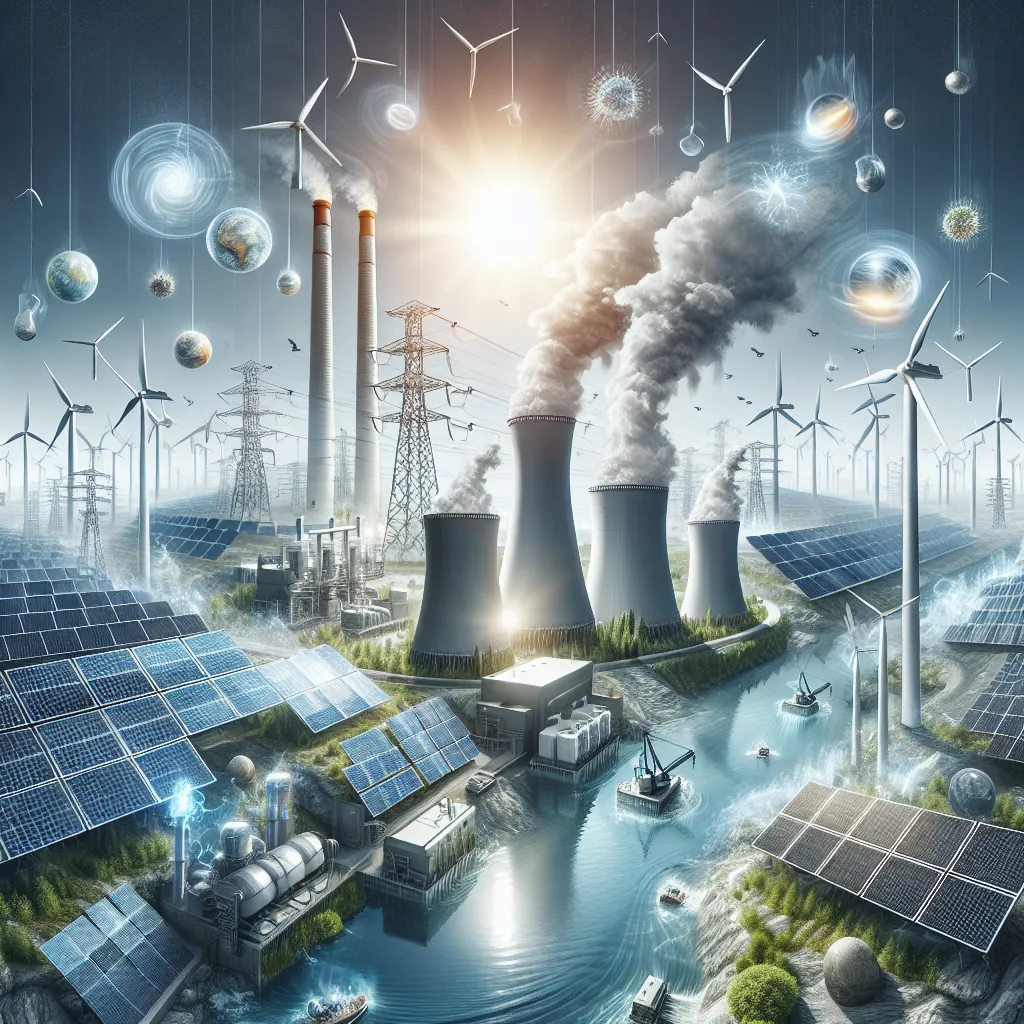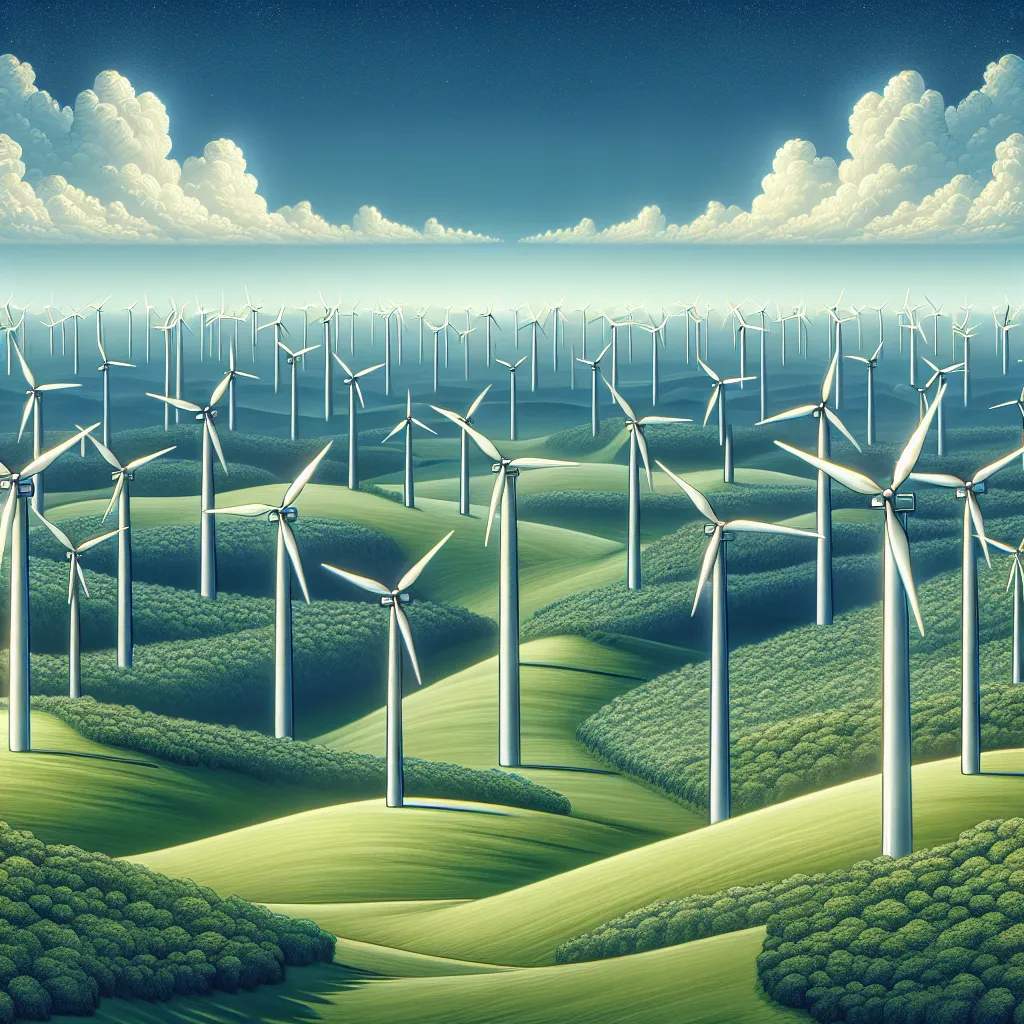Welcome to our IELTS Reading practice test focused on “The Rise of Fast Fashion and Its Environmental Consequences.” This comprehensive test will help you prepare for the IELTS Reading section by providing realistic passages and questions that mirror the actual exam. Let’s dive into this crucial topic and enhance your reading skills!
Nội dung bài viết
 Fast fashion's environmental impact
Fast fashion's environmental impact
Introduction
Fast fashion has revolutionized the clothing industry, but at what cost to our planet? This practice test explores the rise of fast fashion and its far-reaching environmental impacts. As you work through the passages and questions, pay close attention to the vocabulary and structures used, as they will help you tackle similar topics in the real IELTS exam.
IELTS Reading Test
Passage 1 – Easy Text
The Fast Fashion Phenomenon
Fast fashion has become a ubiquitous term in the clothing industry over the past two decades. This phenomenon refers to the rapid production of inexpensive, trendy clothing that quickly moves from design to retail stores to meet consumer demand. The rise of fast fashion can be attributed to several factors, including globalization, technological advancements, and changing consumer behaviors.
One of the key drivers of fast fashion is the insatiable appetite for new styles among consumers, particularly younger generations. Social media platforms and celebrity influencers have exacerbated this trend, creating a constant desire for the latest looks. Fast fashion brands have capitalized on this by drastically reducing the time it takes to bring new designs to market, sometimes in as little as two weeks.
However, the fast fashion model is not without its critics. Environmentalists and labor rights activists have raised concerns about the industry’s practices. The rapid turnover of clothing styles encourages a “throwaway” culture, where garments are worn only a few times before being discarded. This disposable approach to fashion has led to a significant increase in textile waste, with millions of tons of clothing ending up in landfills each year.
Moreover, the pressure to produce clothing quickly and cheaply has resulted in questionable labor practices in many manufacturing countries. Workers often face long hours, low wages, and unsafe working conditions. The collapse of the Rana Plaza factory in Bangladesh in 2013, which killed over 1,000 garment workers, brought these issues to the forefront of public consciousness.
As awareness of these problems grows, there is a burgeoning movement towards more sustainable and ethical fashion choices. Some consumers are opting for higher-quality, longer-lasting garments, while others are exploring second-hand and vintage options. Brands, too, are beginning to respond to these concerns, with some implementing recycling programs and others focusing on using more sustainable materials.
The fast fashion industry stands at a crossroads. While it has democratized fashion and made trendy clothing accessible to a wider audience, its environmental and social costs are becoming increasingly apparent. The challenge now is to find a balance between meeting consumer demand and ensuring responsible production practices.
Questions 1-7
Do the following statements agree with the information given in the reading passage?
Write
TRUE if the statement agrees with the information
FALSE if the statement contradicts the information
NOT GIVEN if there is no information on this
- Fast fashion brands can produce new designs in as little as two weeks.
- The fast fashion industry has been universally praised for its innovation.
- Social media has played a role in increasing demand for new fashion styles.
- The majority of discarded clothing is recycled into new garments.
- The Rana Plaza factory collapse occurred in India.
- Some consumers are choosing to buy more durable clothing in response to fast fashion concerns.
- All major fast fashion brands have implemented comprehensive recycling programs.
Questions 8-13
Complete the sentences below.
Choose NO MORE THAN TWO WORDS from the passage for each answer.
- Fast fashion has become a __ term in the clothing industry over the past twenty years.
- The constant desire for new styles has been __ by social media and celebrity influencers.
- Critics of fast fashion include __ and labor rights activists.
- The fast fashion model has led to an increase in __ waste.
- The 2013 factory collapse in Bangladesh highlighted __ labor practices in the industry.
- Some brands are focusing on using more __ materials in response to environmental concerns.
Passage 2 – Medium Text
Environmental Consequences of Fast Fashion
The meteoric rise of fast fashion has brought with it a host of environmental issues that are becoming increasingly difficult to ignore. As the industry continues to expand, its ecological footprint grows exponentially, posing significant challenges to global sustainability efforts.
One of the most pressing concerns is the massive water consumption associated with textile production. Cotton, a staple in the fashion industry, is particularly water-intensive. It can take up to 2,700 liters of water to produce a single cotton t-shirt – equivalent to what an average person drinks over 2.5 years. This voracious water usage not only strains local water supplies but also contributes to water pollution through the use of pesticides and chemical dyes.
The carbon footprint of the fashion industry is equally alarming. According to the United Nations, the fashion industry is responsible for about 10% of global carbon emissions – more than international flights and maritime shipping combined. This staggering figure is largely due to the energy-intensive processes involved in manufacturing synthetic fibers, as well as the transportation of raw materials and finished products across global supply chains.
Another significant issue is the growing mountain of textile waste. The ephemeral nature of fast fashion trends encourages consumers to continually update their wardrobes, leading to millions of tons of clothing being discarded each year. In the United States alone, an estimated 11.3 million tons of textile waste ended up in landfills in 2018. What’s more, many of these discarded items are made from synthetic materials that can take hundreds of years to decompose, exacerbating the problem of plastic pollution.
The impact of microfibers shedding from synthetic clothing during washing is a less visible but equally concerning issue. These tiny plastic particles infiltrate water systems and eventually make their way into the oceans, where they are ingested by marine life and enter the food chain. A study by the University of Plymouth found that a single load of laundry could release up to 700,000 microfibers into the environment.
The fast fashion model also contributes to deforestation and habitat loss. Forests are cleared to make way for cotton fields or to produce wood-based fabrics like rayon and viscose. This not only destroys biodiversity but also reduces the planet’s capacity to absorb carbon dioxide, further exacerbating climate change.
In response to these environmental challenges, there is a growing movement towards more sustainable fashion practices. Some brands are pioneering the use of recycled materials, while others are exploring innovative, eco-friendly fabrics. Circular economy models, which aim to eliminate waste and maximize resource use, are gaining traction in the industry.
However, critics argue that these efforts, while commendable, are not enough to offset the environmental damage caused by the fast fashion model. They contend that a more fundamental shift in consumer behavior and industry practices is necessary to truly address the environmental consequences of fast fashion.
As awareness of these issues grows, consumers, brands, and policymakers alike are faced with the challenge of balancing the desire for affordable, trendy clothing with the urgent need to protect our planet. The future of fashion may well depend on how successfully we navigate this complex intersection of style, sustainability, and environmental responsibility.
Questions 14-20
Choose the correct letter, A, B, C, or D.
-
According to the passage, how much water is needed to produce a single cotton t-shirt?
A) 700 liters
B) 1,700 liters
C) 2,700 liters
D) 3,700 liters -
What percentage of global carbon emissions is the fashion industry responsible for?
A) 5%
B) 10%
C) 15%
D) 20% -
How many tons of textile waste ended up in U.S. landfills in 2018?
A) 3.1 million
B) 7.3 million
C) 9.3 million
D) 11.3 million -
According to the University of Plymouth study, how many microfibers can a single load of laundry release?
A) Up to 70,000
B) Up to 170,000
C) Up to 400,000
D) Up to 700,000 -
Which of the following is NOT mentioned as an environmental consequence of fast fashion?
A) Water pollution
B) Deforestation
C) Ozone depletion
D) Microfiber pollution -
What type of economy model is gaining traction in the fashion industry to address environmental issues?
A) Linear economy
B) Circular economy
C) Sharing economy
D) Green economy -
According to critics, what is necessary to truly address the environmental consequences of fast fashion?
A) More recycling programs
B) Increased use of eco-friendly fabrics
C) A fundamental shift in consumer behavior and industry practices
D) Higher prices for fast fashion items
Questions 21-26
Complete the summary below.
Choose NO MORE THAN TWO WORDS from the passage for each answer.
The fast fashion industry has a significant (21) __ on the environment. One major concern is the (22) __ associated with textile production, particularly for cotton. The industry also contributes heavily to global carbon emissions, largely due to (23) __ processes in manufacturing and transportation. The (24) __ nature of fast fashion trends leads to enormous amounts of textile waste. Additionally, (25) __ from synthetic clothing pose a threat to marine ecosystems. In response to these issues, some brands are exploring more sustainable practices, including the use of (26) __ and eco-friendly fabrics.
Passage 3 – Hard Text
The Socioeconomic Implications of Fast Fashion
The paradigm shift brought about by fast fashion extends far beyond environmental concerns, permeating various socioeconomic strata and reshaping global labor markets. This intricate web of consequences demands a nuanced examination of the industry’s impact on both developed and developing economies.
In affluent nations, the rise of fast fashion has democratized style, making trendy clothing accessible to a broader demographic. This democratization, however, comes at a cost. The incessant cycle of new styles has fostered a culture of conspicuous consumption, where the acquisition of clothing becomes less about necessity and more about keeping pace with rapidly changing trends. This shift in consumer behavior has far-reaching implications for personal finance, with many individuals allocating a disproportionate amount of their income to clothing purchases, often at the expense of long-term financial stability.
Moreover, the fast fashion model has catalyzed a significant restructuring of the retail landscape in developed countries. Traditional department stores and boutiques have found themselves in fierce competition with fast fashion giants, leading to widespread store closures and job losses in the retail sector. This transformation has been exacerbated by the rise of e-commerce, which has further eroded the market share of traditional retailers.
Conversely, in developing nations, the fast fashion industry has been a double-edged sword. On one hand, it has created millions of jobs in manufacturing hubs across Asia, Africa, and Latin America, providing economic opportunities in regions plagued by unemployment. These jobs, particularly in the garment industry, have been especially crucial for women’s economic empowerment, often serving as a pathway out of poverty.
On the other hand, the relentless pressure to reduce costs has led to egregious labor practices in many of these manufacturing centers. Workers frequently face hazardous working conditions, excessive overtime, and wages that barely meet subsistence levels. The precarious nature of these jobs, often lacking basic protections and benefits, perpetuates a cycle of poverty and vulnerability among the workforce.
The fast fashion model has also had profound implications for local textile industries in developing countries. While some have benefited from integration into global supply chains, others have been decimated by the influx of cheap, mass-produced clothing. This has led to the erosion of traditional textile crafts and the loss of cultural heritage in many regions.
Furthermore, the geopolitical ramifications of fast fashion are increasingly coming to the fore. The concentration of manufacturing in a handful of countries has created economic dependencies and vulnerabilities. Recent global events, such as the COVID-19 pandemic and geopolitical tensions, have exposed the fragility of these supply chains, prompting calls for greater diversification and localization of production.
The environmental externalities of fast fashion also have socioeconomic dimensions. The pollution and resource depletion associated with the industry disproportionately affect low-income communities, both in manufacturing countries and in areas where textile waste is dumped. This environmental injustice exacerbates existing socioeconomic inequalities and poses long-term health risks to vulnerable populations.
In response to these multifaceted challenges, there is a growing movement towards more ethical and sustainable fashion practices. This includes initiatives to improve labor conditions, promote fair trade, and develop more sustainable production methods. Some brands are experimenting with circular economy models, which aim to minimize waste and maximize resource efficiency.
However, critics argue that these efforts, while laudable, are insufficient to address the systemic issues inherent in the fast fashion model. They contend that a more fundamental reevaluation of our relationship with clothing is necessary, one that prioritizes quality over quantity, durability over disposability, and ethical considerations over mere price.
As the debate surrounding fast fashion continues to evolve, it is clear that any solutions must address not only the environmental impacts but also the complex socioeconomic implications of the industry. The challenge lies in finding a balance that preserves the economic benefits of the fashion industry while mitigating its negative social and environmental consequences. This will require a concerted effort from consumers, brands, governments, and international organizations to reimagine a more sustainable and equitable fashion ecosystem.
Questions 27-32
Choose the correct letter, A, B, C, or D.
-
According to the passage, what has fast fashion done in affluent nations?
A) Increased the price of clothing
B) Made trendy clothing more accessible
C) Reduced overall clothing consumption
D) Improved the quality of garments -
What effect has fast fashion had on traditional retailers in developed countries?
A) Increased their market share
B) Led to widespread store closures
C) Improved their online presence
D) Increased their profit margins -
How is fast fashion described in relation to developing nations?
A) As a universally positive force
B) As a universally negative force
C) As a double-edged sword
D) As an irrelevant factor -
What effect has fast fashion had on local textile industries in some developing countries?
A) Strengthened them significantly
B) Had no noticeable impact
C) Integrated them into global supply chains
D) Decimated them -
What has recent global events exposed about fast fashion supply chains?
A) Their resilience
B) Their efficiency
C) Their fragility
D) Their sustainability -
What do critics argue is necessary to address the issues in the fast fashion industry?
A) More recycling programs
B) Increased use of synthetic materials
C) A fundamental reevaluation of our relationship with clothing
D) Higher prices for fast fashion items
Questions 33-38
Complete the sentences below.
Choose NO MORE THAN THREE WORDS from the passage for each answer.
-
The fast fashion model has fostered a culture of __, where clothing acquisition is more about keeping up with trends than necessity.
-
In developing nations, jobs in the fast fashion industry have been particularly important for __.
-
The pressure to reduce costs in manufacturing has led to __ in many production centers.
-
The concentration of manufacturing in a few countries has created economic __ and vulnerabilities.
-
The environmental impacts of fast fashion disproportionately affect __, exacerbating socioeconomic inequalities.
-
Some brands are experimenting with __ models to minimize waste and maximize resource efficiency.
Questions 39-40
Choose TWO letters, A-E.
Which TWO of the following are mentioned as potential solutions to the problems associated with fast fashion?
A) Increasing the price of fast fashion items
B) Improving labor conditions in manufacturing countries
C) Banning the import of fast fashion items
D) Promoting fair trade practices
E) Reducing global clothing consumption
Answer Key
Passage 1
- TRUE
- FALSE
- TRUE
- FALSE
- FALSE
- TRUE
- NOT GIVEN
- ubiquitous
- exacerbated
- Environmentalists
- textile
- questionable
- sustainable
Passage 2
- C
- B
- D
- D
- C
- B
- C
- ecological footprint
- water consumption
- energy-intensive
- ephemeral
- microfibers
- recycled materials
Passage 3
- B
- B
- C
- D
- C
- C
33


